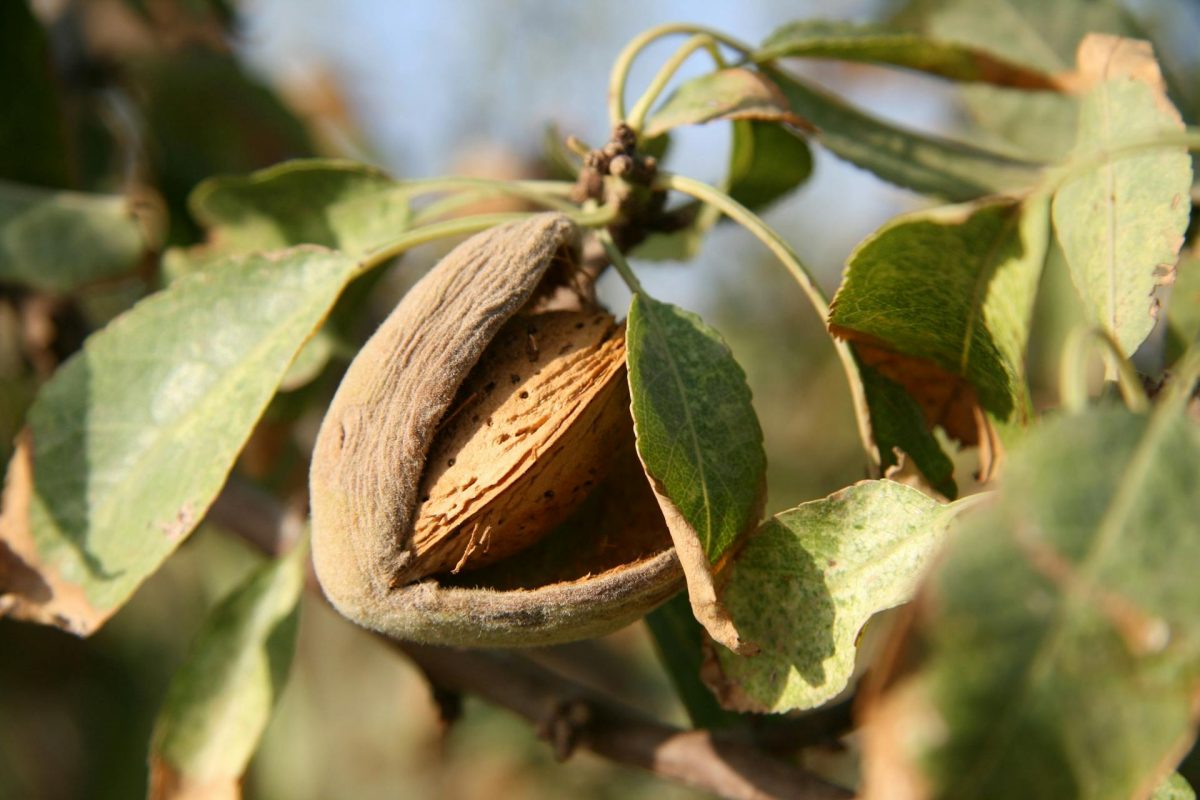YETRAC
Growing Almonds at Your Allotment: A Comprehensive Guide
Growing Almonds at Your Allotment: A Comprehensive Guide
Almond trees are not only known for their beautiful blossoms but also for the delicious nuts they produce. While growing almonds may seem challenging, especially in temperate climates, it’s entirely possible with the right approach. This guide will walk you through everything you need to know about growing almonds, from selecting the right variety to planting, caring for, and harvesting. Let’s explore the process of growing almonds successfully in any suitable environment.
Where to Grow Almonds: The Ideal Location
Almond trees thrive in specific conditions. Ideally, they need mild, frost-free winters and warm, dry summers to produce a good crop. The key is to find a sunny spot with shelter from harsh winds and frost.
A south-facing wall can work wonders, as it helps in reflecting warmth and protecting the trees from wind damage. Additionally, it’s essential to choose a variety of almond that’s sweet and suitable for nut production, not just ornamental purposes. The Ingrid variety, for instance, is widely regarded as a reliable choice due to its resilience in a variety of climates.
When to Grow Almonds: Timing is Key
Growing almonds successfully depends on planting them at the right time.
- For bare-root almond trees, the best time for planting is from late autumn to early spring, while the tree is dormant.
- For pot-grown almond trees, planting can be done at any time of the year, though it’s better to avoid extreme weather conditions like mid-winter frost or summer heatwaves.
Be aware that almond trees take 2-3 years to produce their first crop of nuts, and they often benefit from having a pollination partner nearby. Planting two trees will increase your chances of a good harvest.
How to Plant Almond Trees: A Step-by-Step Guide
- Prepare the Planting Hole: Dig a hole that is large enough to accommodate the bare root or potted almond tree. Make sure the area is in full sun for optimal growth.
- Water and Mulch: After planting, water thoroughly and apply mulch around the base of the tree. This helps retain moisture and suppresses weed growth.
- Watch for Disease: Almond trees, especially non-resistant varieties, can be susceptible to peach leaf curl. Be proactive in monitoring for signs of disease and treat early.
Taking Care of Almond Trees: Nurturing for Success
Almond trees require specific care to ensure they thrive in temperate climates. Here are the key care tips:
- Watering: Almond trees need regular watering during dry spells, especially in their first few years. Once established, they are more drought-tolerant, but consistent watering will result in better crops.
- Pruning: After the tree has flowered and started setting fruit, prune away any dead or damaged shoots. This helps the tree focus its energy on healthy growth and prevents the spread of diseases like Canker.
- Mulching: Apply mulch annually to retain moisture, suppress weeds, and improve soil quality around the tree.
Harvesting Almonds: When and How to Pick
The almond harvest typically takes place between August and September. Here’s what to look out for:
- Split Hulls: When the hulls of about 75% of the almonds have started to split open, it’s time to harvest. If the weather has been too wet or cool, the hulls may not split fully on their own, and you may need to open them manually.
- Shaking the Tree: One method for harvesting is to shake the tree gently to make the almonds fall. Collect them from the ground and store them properly for drying.
- Drying and Storing: Once harvested, allow the almond kernels to dry out evenly before storing them. They can be stored either in their shells or shelled, depending on your preference.
Culinary Uses of Almonds
Almonds are incredibly versatile in the kitchen. They can be eaten raw, roasted, or used in a variety of recipes. For example, why not try making a delicious Orange and Almond Loaf Cake? The combination of sweet almonds and citrusy orange creates a perfect treat for any occasion.
Quick Summary: Almond Growing Checklist
- Planting Almonds:
- Plant bare-root trees between late autumn and early spring.
- Plant pot-grown trees any time of year.
- Choose a sunny, sheltered position for best results.
- Caring for Almonds:
- Water during dry periods until established.
- Mulch annually to retain moisture and suppress weeds.
- Prune regularly to remove dead or diseased branches.
- Harvesting Almonds:
- Harvest almonds between August and September.
- Look for split hulls and shake the tree to gather nuts.
- Dry kernels evenly before storing.
By following these steps, you’ll be well on your way to enjoying homegrown almonds, even in less-than-ideal climates!

